Wireless power has become a hot topic as wireless charging of mobile devices is get getting some popularity. Wireless charging isn’t something new; the technology exists since 1981 and Nikola Tesla has made first wireless power experiments over 100 years ago. I have posted a lot in the subject at Wireless power for charging mobile devices posting I made few years go.
At the time the stuation was that Wireless charging for Qi technology is becoming the industry standard on smartphones. Now some years later Qi has became so widely used mainsstream technolgy that I started to adopt it.
The Qi standard has been developed by the Wireless Power Consortium and is applicable for electrical power transfer over distances of up to 40 millimetres. The Qi wireless charging standard uses a power transmission pad that is akin to the charger that would be used in a normal wired system, and a compatible wireless power receiver that is located in the device to be charged. The power transfer then takes place using magnetic induction. The low power category covers chargers that can deliver power in the range 0 – 5 watts (upcoming Qi revision will push that to 15W and higher power versios that are very rarely used). This will cover most of the domestic portable devices like mobile phones, music players. This is what I am adopting.
The frequency used for Qi chargers is located between about 110 and 205 kHz for the low power Qi chargers up to 5 watts. All Qi receivers (phones, sleeves, backdoors, and charging cards) that have shipped in the last 3 years and continue to ship, can be charged in inductive mode as well as resonant mode. It is the transmitter (wireless charger) that defines the operation mode.
The components I started my experimeents with were desk lamp with Qi charger from IKEA.
Cheap Qi charger that plugs to normal micro-USB smrt phone charger (takes in 5V 1A).
My smart phone did nor support qi but this accessory made it compatible and fit inside case.
In ititial testing the charger and mobile phone receiver worked together.
At initial testings I got things working and receiver fitted inside my smart phone. I have tested the system for few days. It seems to work. I think I need more Qi chargers so I can change smart phone at different locations (home, work etc..) – you know how quickly smart phone battery goes dry when you use it a lot.
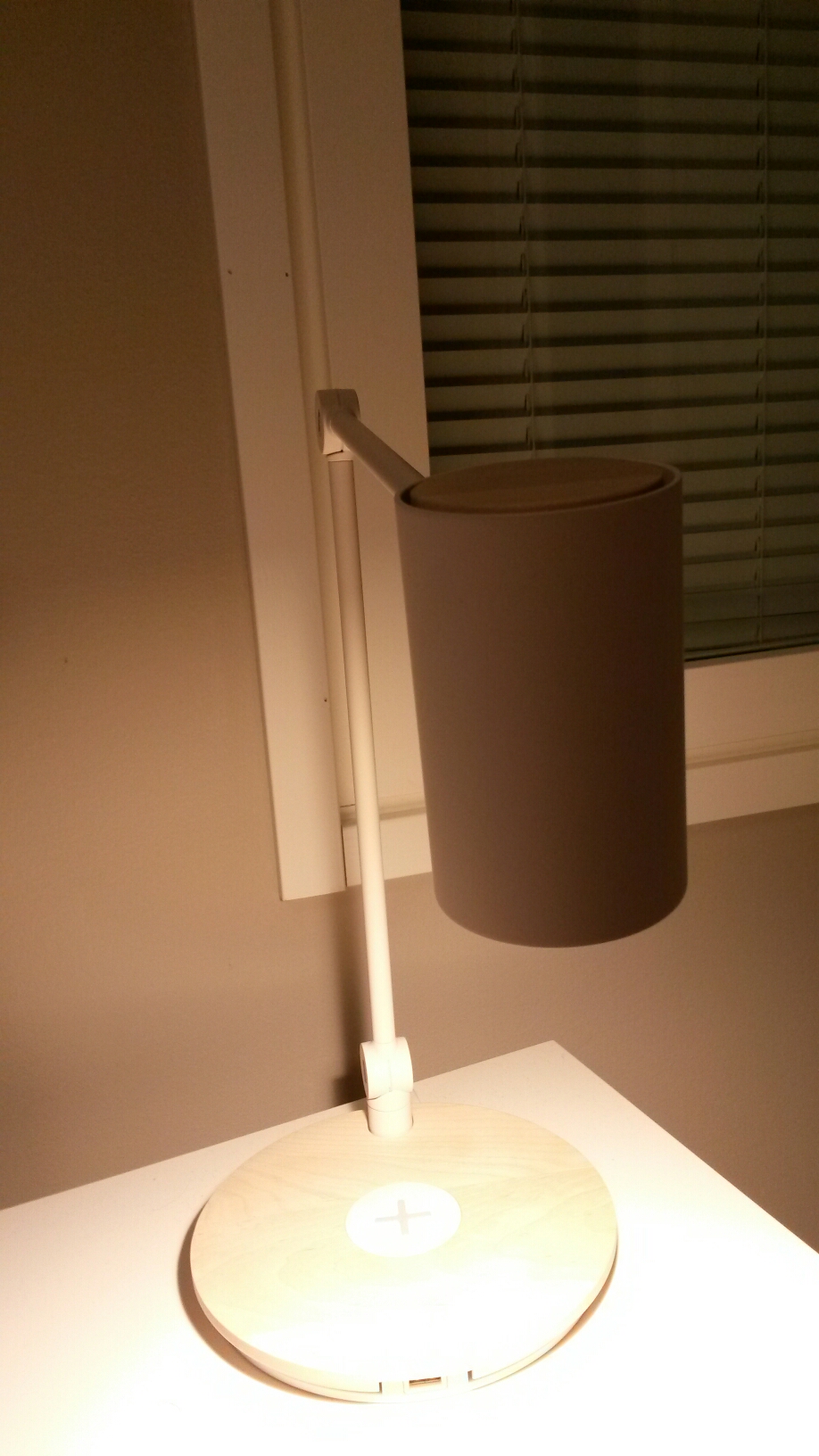
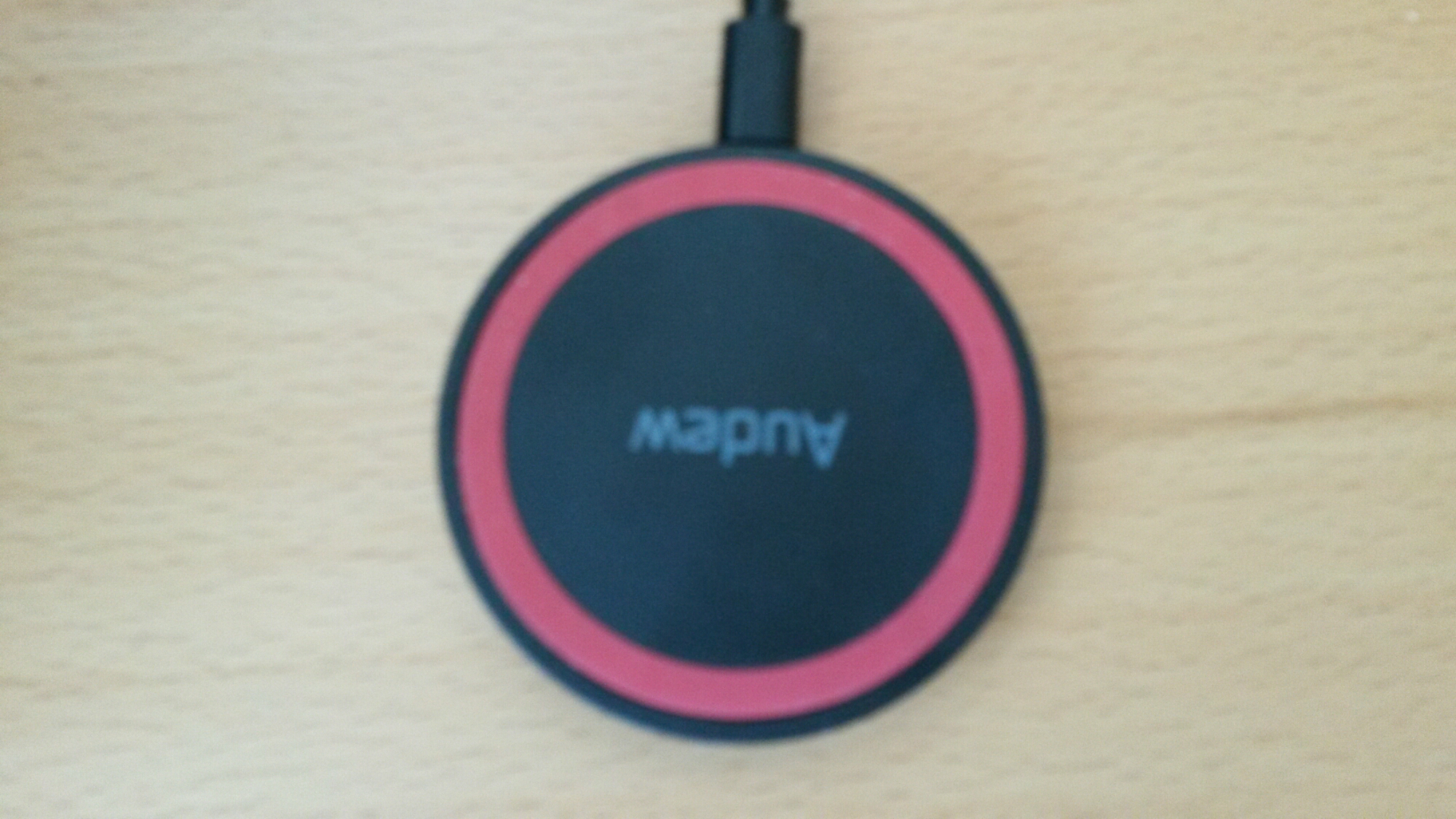
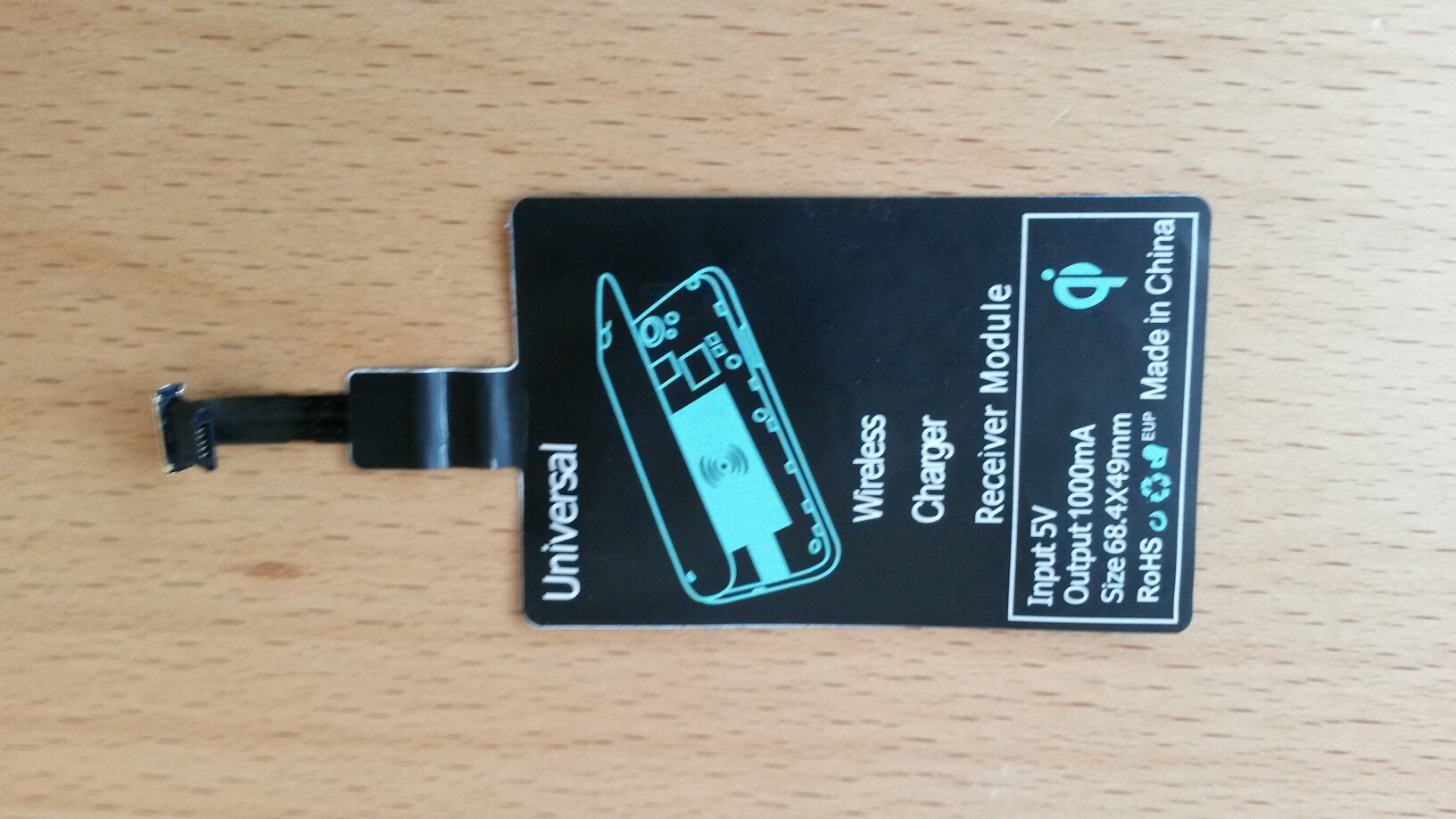
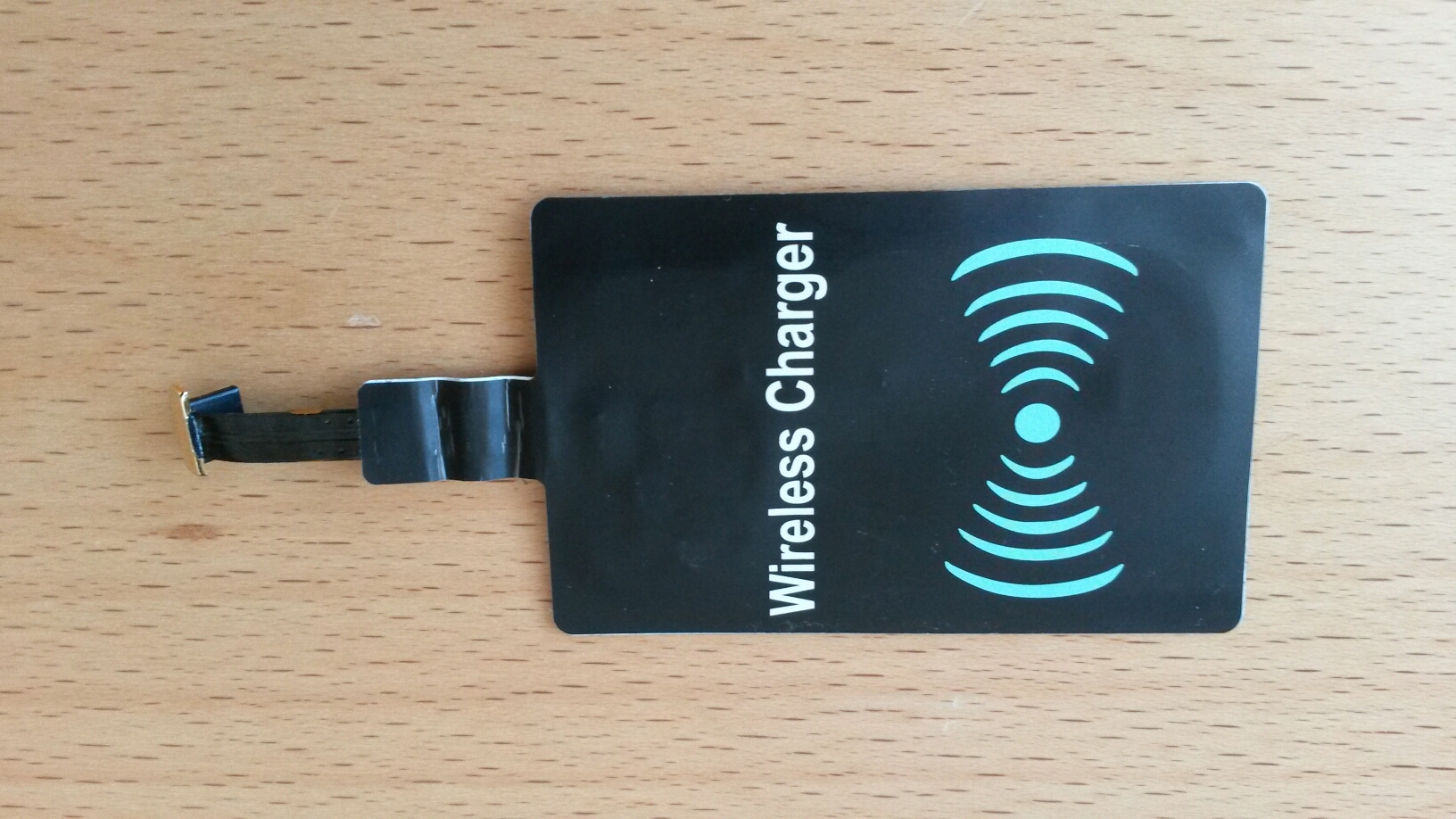
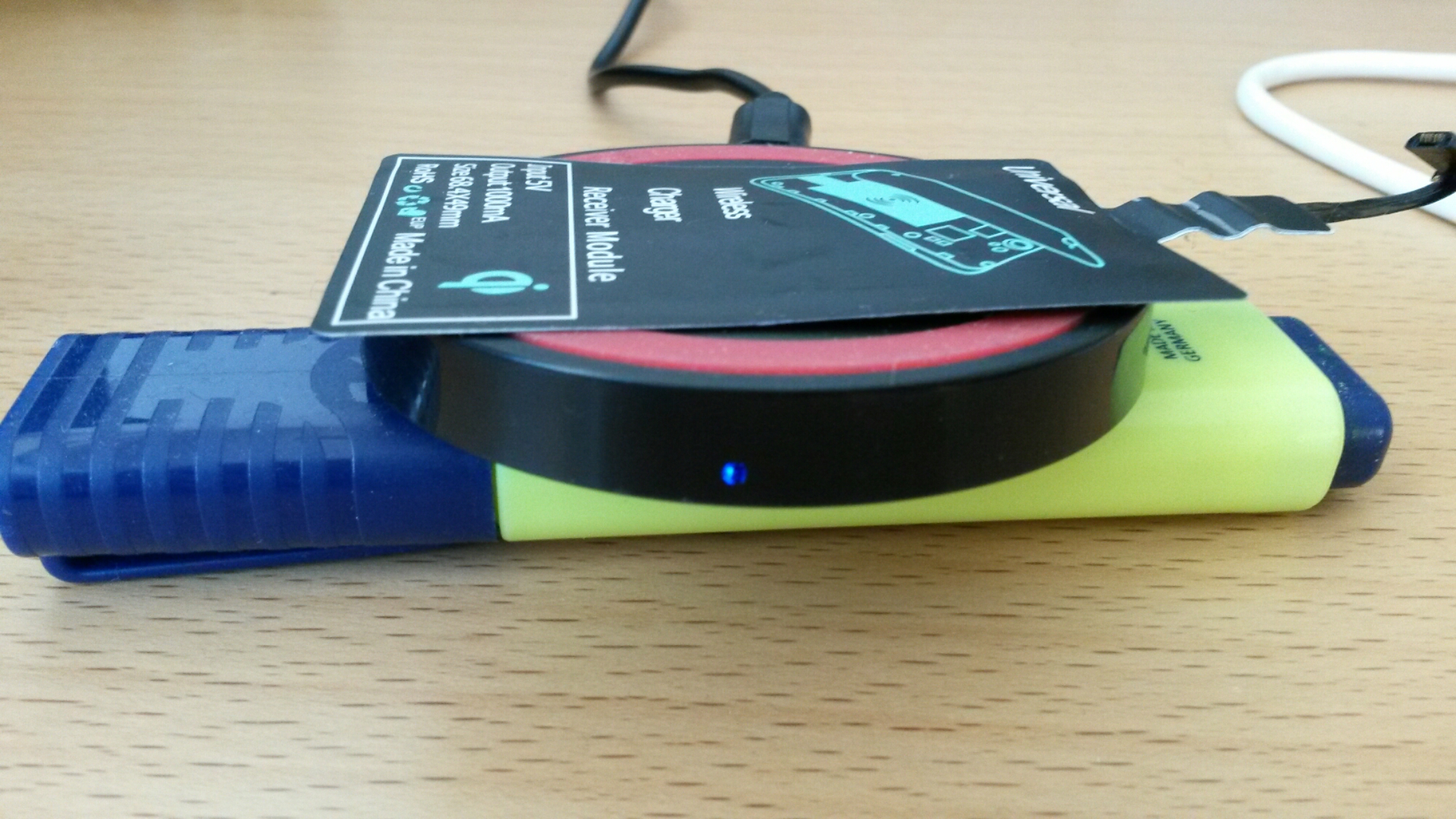
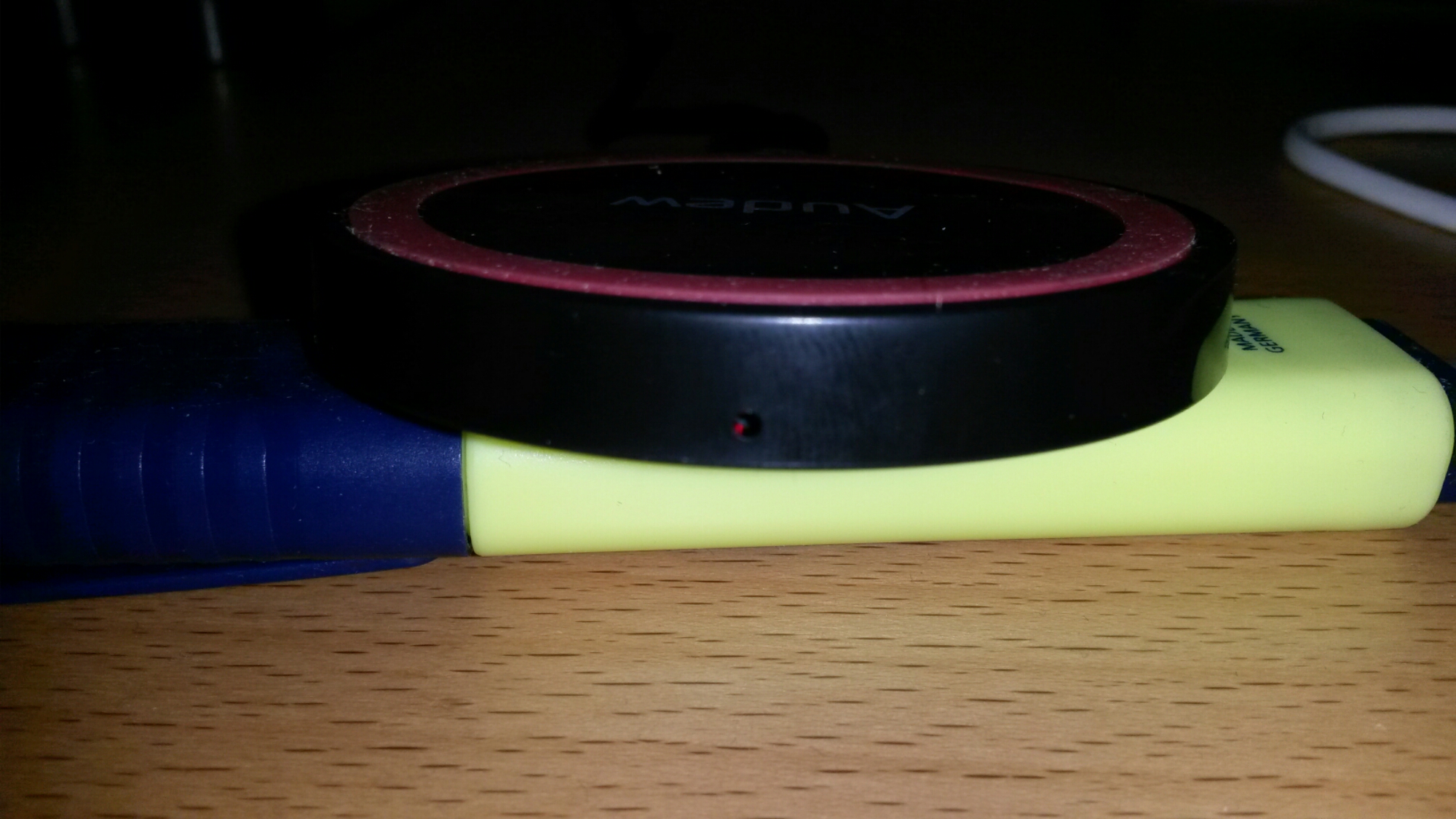
2 Comments
Tomi Engdahl says:
Teardown: Wireless charging pad is tough to crack
https://www.edn.com/design/consumer/4461732/Teardown–Wireless-charging-pad-is-tough-to-crack
Tomi Engdahl says:
https://newatlas.com/around-the-home/power-mole-transmits-electricity-window-glass/